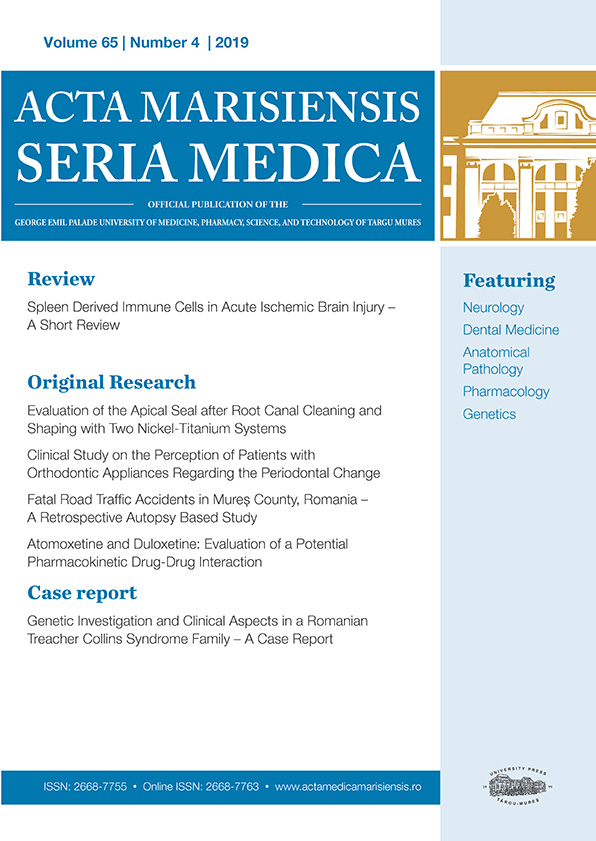Biological Profiles of Quercus cerris, Quercus dalechampii, and Quercus robur Bark Extracts: A Characterization Study
Abstract
AbstractObjective: The main objective of the present study was to characterize the extracts obtained from the bark of three oak species in order to assess their use in potential cosmetic products.
Methods: The extracts were obtained from the oak barks (periderm and rhytidome) using an ultrasonic probe. The total polyphenolic content was assessed afterwards, using the Folin–Ciocâlteu method, while the antioxidant capacity was determined using methods based on the neutralization of the 2,2'-azino-bis(3-ethylbenzothiazoline-6-sulfonic acid) and 2,2-diphenyl-1-picrylhydrazyl radicals. For the assessment of the tyrosinase inhibitory effect, a protocol using L–DOPA as the substrate of the enzyme was used.
Results: The extracts presented high levels of polyphenolic compounds, Q. cerris having the highest content. Because of the high concentration of the extracts in polyphenolic compounds, they revealed a great reducing capacity against both radicals, but unfortunately the tyrosinase inhibitory effect was very weak when compared to the positive control.
Conclusions: The extracts may have beneficial effects when used in cosmetic products because of the antioxidant effects, but more studies must be conducted for the determination of the main phytochemical compounds comprised in the extracts and their correlation to the biological effects.
Copyright (c) 2024 Adrian Nisca, Sanziana Sisea, Nastaca Alina Coman, Mihai Babota, Oleg Frumuzachi, Corneliu Tanase

This work is licensed under a Creative Commons Attribution 4.0 International License.









